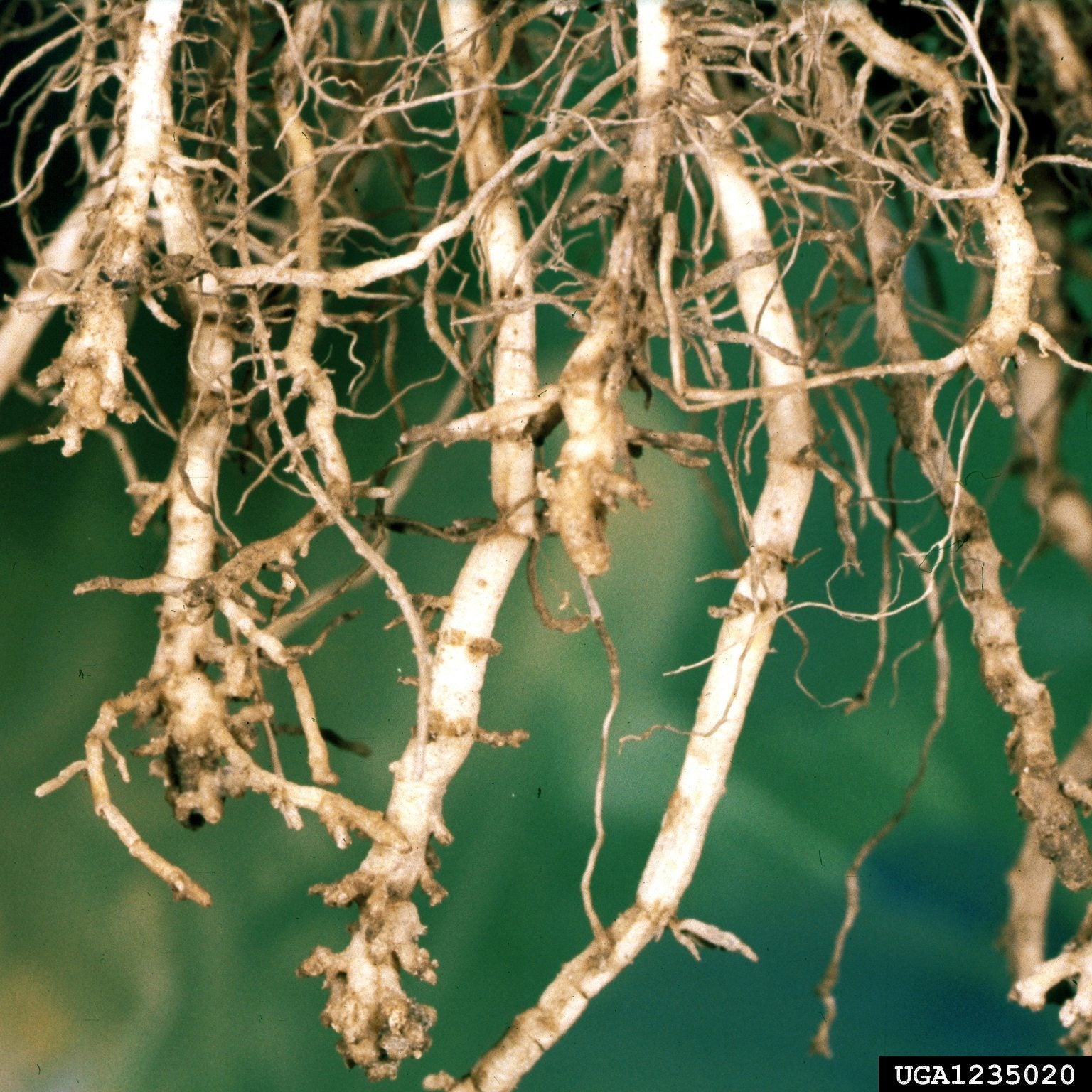Sweet Corn Nematode Control: How To Manage Nematodes Of Sweet Corn


Nematodes may be microscopic, but the tiny worms, which live in the soil, create a gigantic problem when they feed on the roots of sweet corn. Nematodes in sweet corn affect the plant’s ability to take up water and nutrients and significantly affect the health of the plant. Level of damage depends on the severity of the infestation. If you suspect sweet corn nematode pests, here is some information that may help with sweet corn nematode control.
Symptoms of Sweet Corn Nematode Pests
Sweet corn affected by nematodes may display discolored, stunted growth, and the plants may wilt quickly during hot, dry weather. However, the easiest way to determine nematodes in sweet corn is to examine the plant roots. Roots affected by sweet corn nematode pests will have visible swollen areas and knots, and the entire root system may be shallow with dead areas. If you’re still not sure, your local cooperative extensive office can provide a diagnosis.
Treating Sweet Corn Nematodes
Prevention is the best form of sweet corn nematode control. Plant sweet corn when temperatures are above 55 degrees F. (12 C.) to reduce many types of nematodes of sweet corn. Work a generous amount of well-rotted manure or other organic matter into the soil before planting sweet corn. Organic matter will promote healthy soil and improve microbial activity, which improves overall plant health. Avoid planting sweet corn in the same spot for more than one year, as crop rotation prevents sweet corn nematode pests from becoming established. To reduce sweet corn nematode pests, plant garlic, onions, strawberries or other non-susceptible plants for at least three years before returning corn to the area. Remove and destroy sweet corn plants immediately after harvest. Never let the plants remain during the winter. Till the area every ten days beginning immediately after harvest. Regular tilling during hot, dry weather will bring sweet corn nematode pests to the surface, where they will be killed by the sunlight. If possible, till the soil two to four times during the winter.
Sign up for the Gardening Know How newsletter today and receive a free copy of our e-book "How to Grow Delicious Tomatoes".

A Credentialed Garden Writer, Mary H. Dyer was with Gardening Know How in the very beginning, publishing articles as early as 2007.